Ahead of the release of our exciting new product, DorMag Pro, we spoke to Fireco’s Matt Ball, who played a major part in its design and development.
Hi Matt. Can you tell us a bit about yourself and DorMag Pro?
I’m a Product Design Engineer here at Fireco. I’ve been here for 3 years now and been involved in multiple projects. One of our main new projects is DorMag Pro, which is coming out soon. It’s our new magnetic door retaining device which is installed behind the door. Activated by radio, it’s wireless, holds the door open and is released during a fire alarm.
What makes DorMag different?
Most of the magnetic retainers on the market at the moment are wired-in solutions. So the thinking behind our DorMag magnetic door retainer is that it would be wire-free. It’s operated by battery packs: three lithium iron disulfide cells. The idea is a nice, easy installation and a wire-free solution.
- Keeper & unit connect…
- …to latch the door open
What’s special about the magnet?
The Pro unit is fixed to the wall, and the Door Keeper is fitted to the door. Magnetised together, they form a simple solution to latch open the door. Now, to release it, it’s just as easy. You press the button, and the magnet pulses, meaning that the keeper and the door release. The magnet also retracts backwards, which is quite a key part of the product. Once the magnet has retracted, you won’t be able to latch the keeper onto it. You might ask, “Why can’t you just have the current switched off to the magnet or the magnetism taken away from the magnet?” The problem is that this works by having a permanent electromagnet in there, and you deliver a current to that magnet. Because it’s a battery-operated device, if you continuously fire a pulse through that magnet with a current flowing through it, you’re going to drain through your batteries really quickly. A big part of the project is trying to overcome that, that’s why you also retract at the same time. The key thing is that in that state, it’s now not using any excess power. It’s not using anything but its quiescent (sleep) current to detect its transmitter.
- DorMag Pro beta test unit attached to door keeper.
- DorMag Pro beta test unit with retracted magnet.
Can you tell us about the development and testing process?
The initial brief was quite open, which was a good thing. There was a lot of freedom within the project. We really wanted to design something with form and look at the epicentre of the project, and the engineering would follow that. I think people sometimes see compliance and think, “I’ve got to now fit some ugly wired-in solution or even a battery-powered solution just because of compliance.” But no, you can work within that standard and release something that still helps you and is still compliant, but it also still looks nice on the door or on your wall. That was, again, a key part of the process. With testing, I’d say the majority of the project is testing. In the fire industry, strict standards are important and needed. Extensive testing has gone on for DorMag Pro. A big part of this is for one of the standards, EN1155, which is a British Standard for fire door safety-retaining products. So a good example is that we test the product on its capability to push down a magnet, making sure it releases. We also test it on the door. It’s got to pass 50,000 times to meet one of our standards. So we have to be confident in every part of the build that it can withstand at least that and then some. Then we have in-house product testing, fitting it in situ on our doors and our walls. And then we’ve been rolling it out to beta site customers. Customers that are willing to help us out, take on the product while we monitor it, get feedback and make improvements in the firmware or hardware until we’re completely confident to release the product to market.
- DorMag fire test
- DorMag Pro prototyping
What excites you about DorMag?
Probably the mechanics behind the build. That’s part of what I studied going back to my university days. It’s that combination of having a permanent electromagnet and some way of retracting that magnet at the same time. So it was looking into that electromechanical process or engineering of it that really excited me. There was a lot of work that went into that to finalise it and get to the point where we’ve now applied for it to be patent-approved.
And finally, what’s the Pro in DorMag Pro?
So the Pro part of the project: our ProHub is essentially a transmitter that is connected to your fire alarm panel. If the alarm is triggered or the alert is triggered as well, it basically transmits a signal that’s between 433-434 MHz, which is a regulated frequency within the UK. It will trigger the unit to essentially pulse its magnet, unlatch the door, and also cause the magnet to retract. So it’s now no longer in a latchable state. That’s the Pro side of the product. The good thing about the radio-activated device is that it’s not impacted by any noise, which a lot of other products on the market are. For certain premises, that is more useful. But if you’re looking for a solution that is independent of audio around the building, then the radio option is probably the way to go.
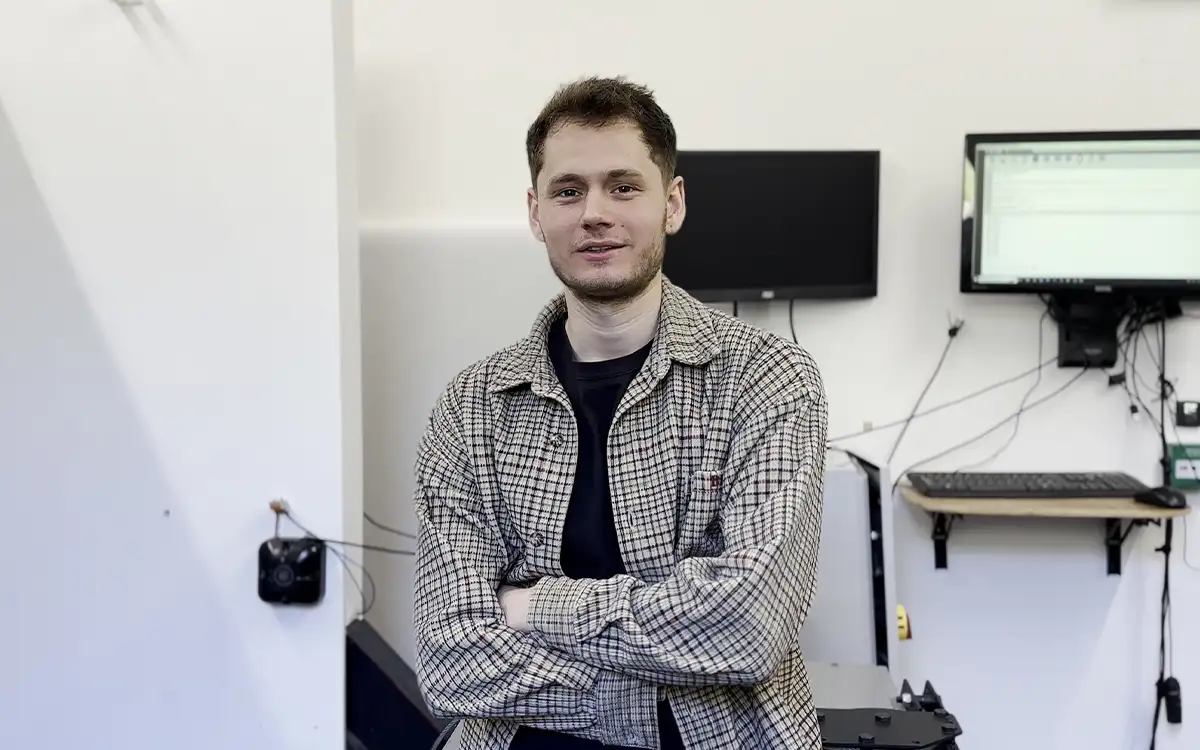
Matt, Design Engineer at Fireco
Watch the video interview with Matt.
Watch James Cox, Head of Sales UK introduce DorMag Pro at the Fire Safety Event 2023.
DorMag Pro is available now. You can read more about it here or call us on 01273 320650

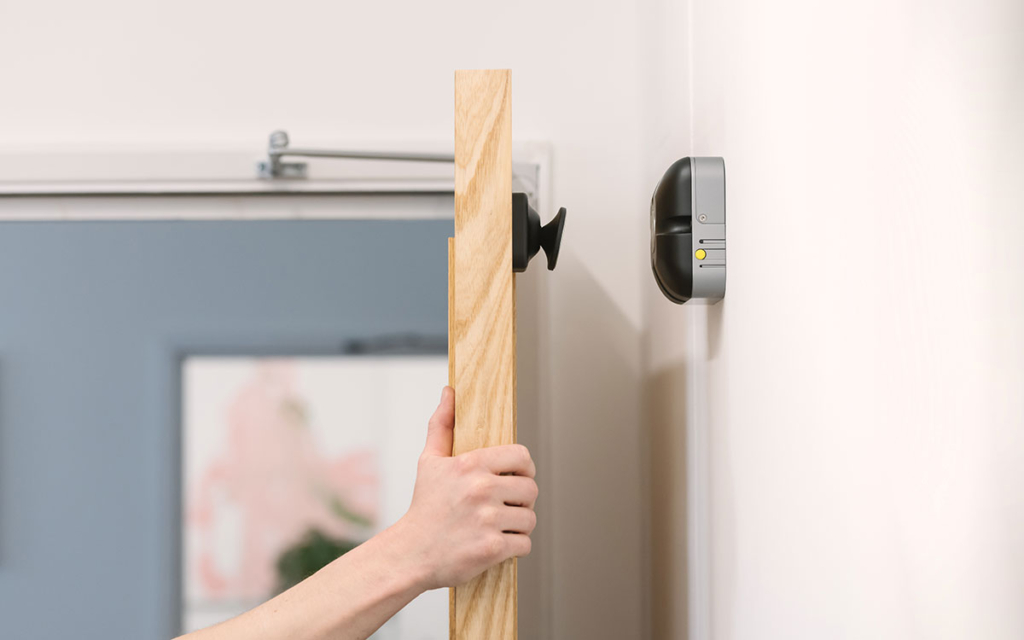
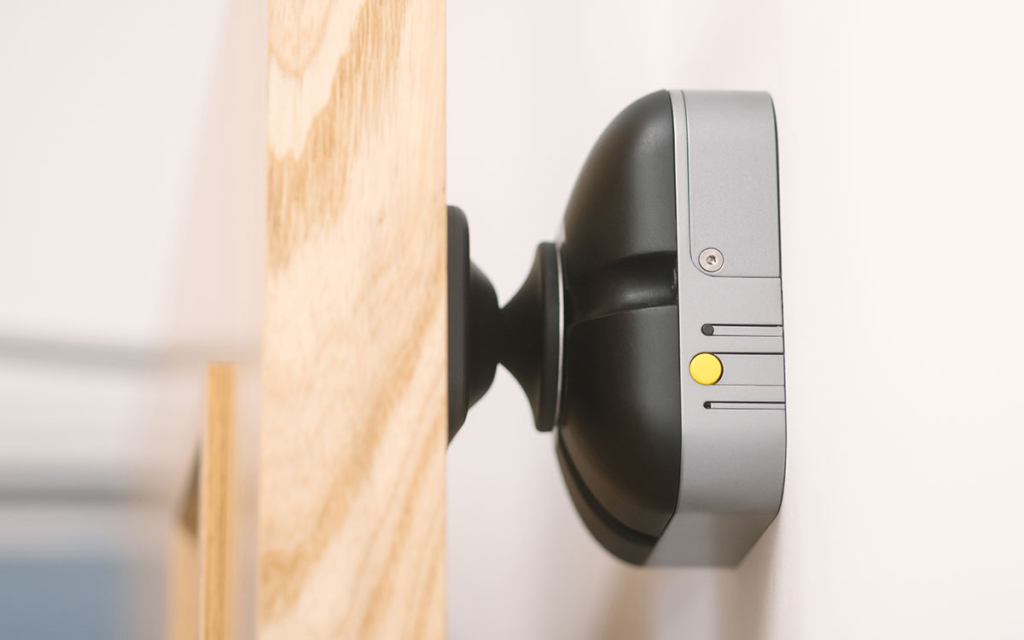
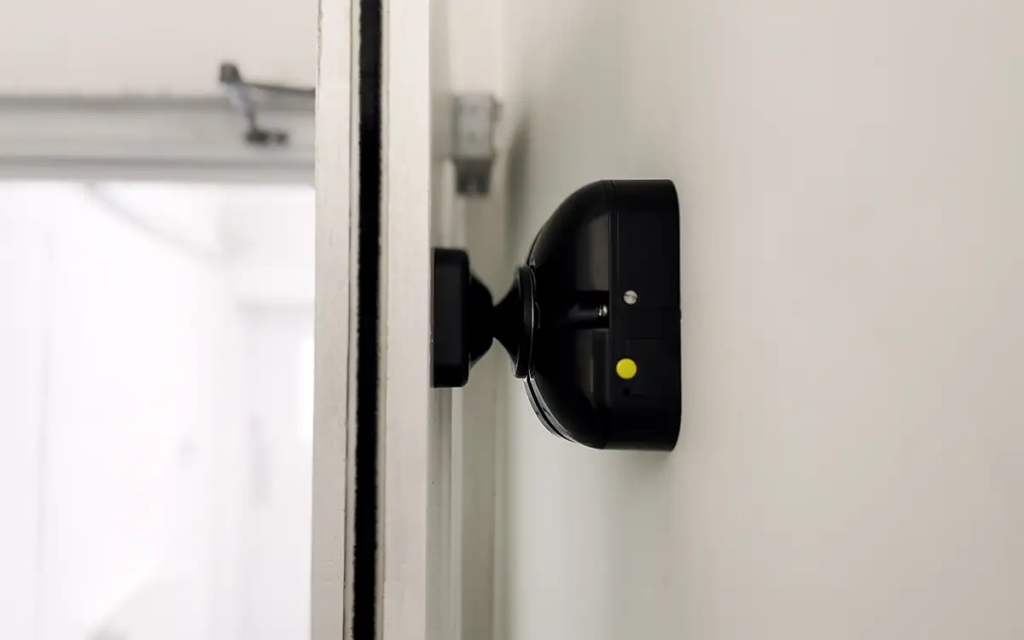
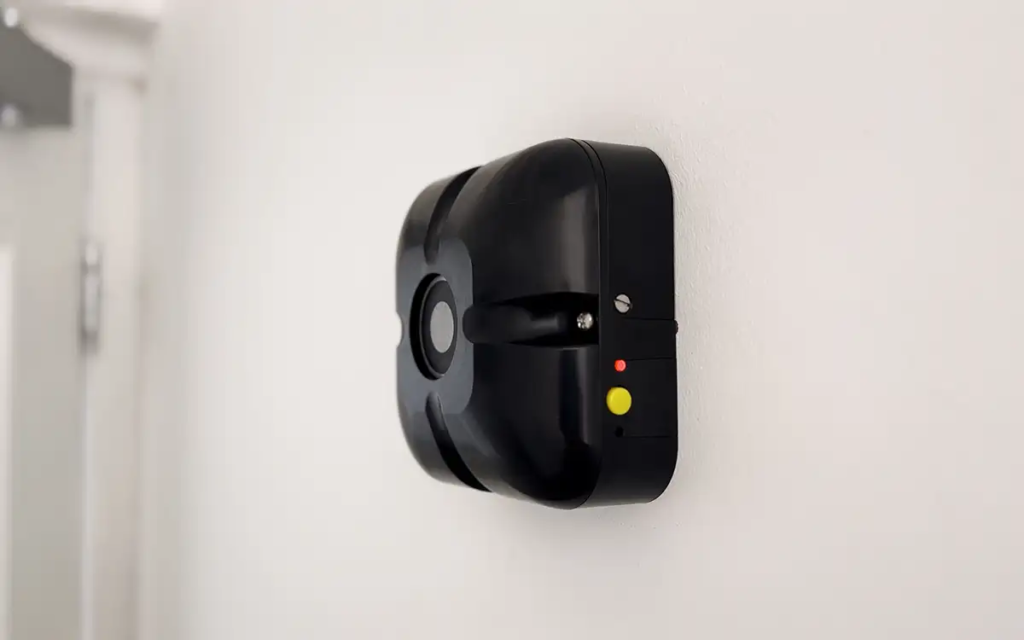
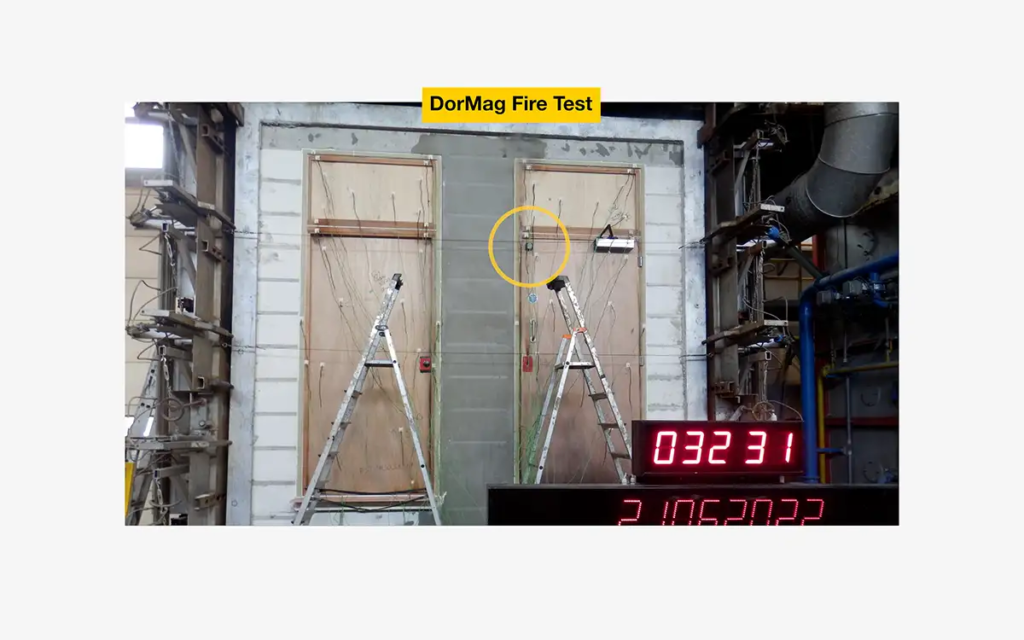
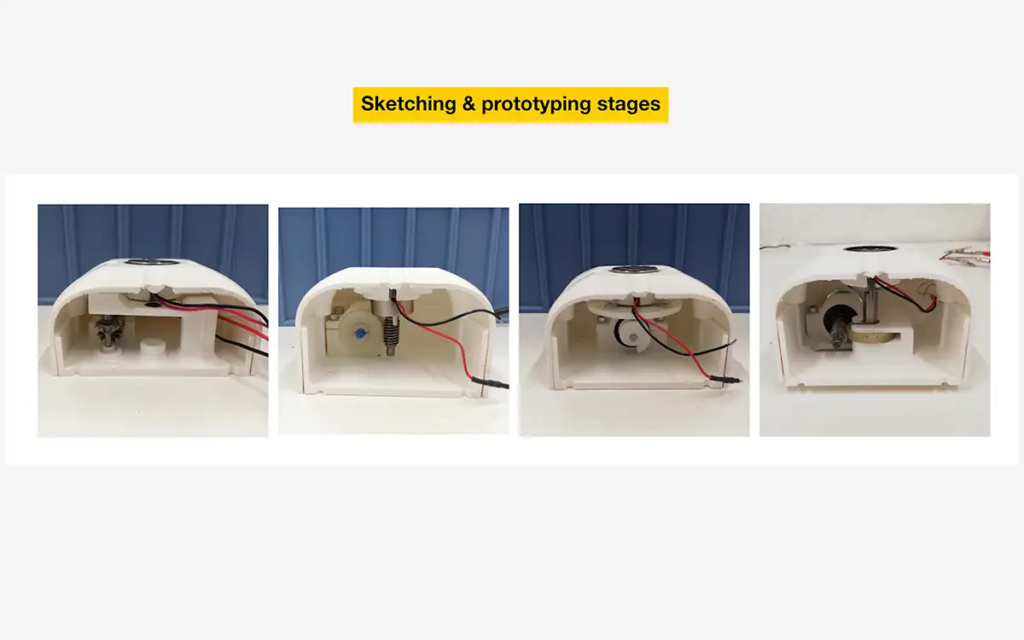
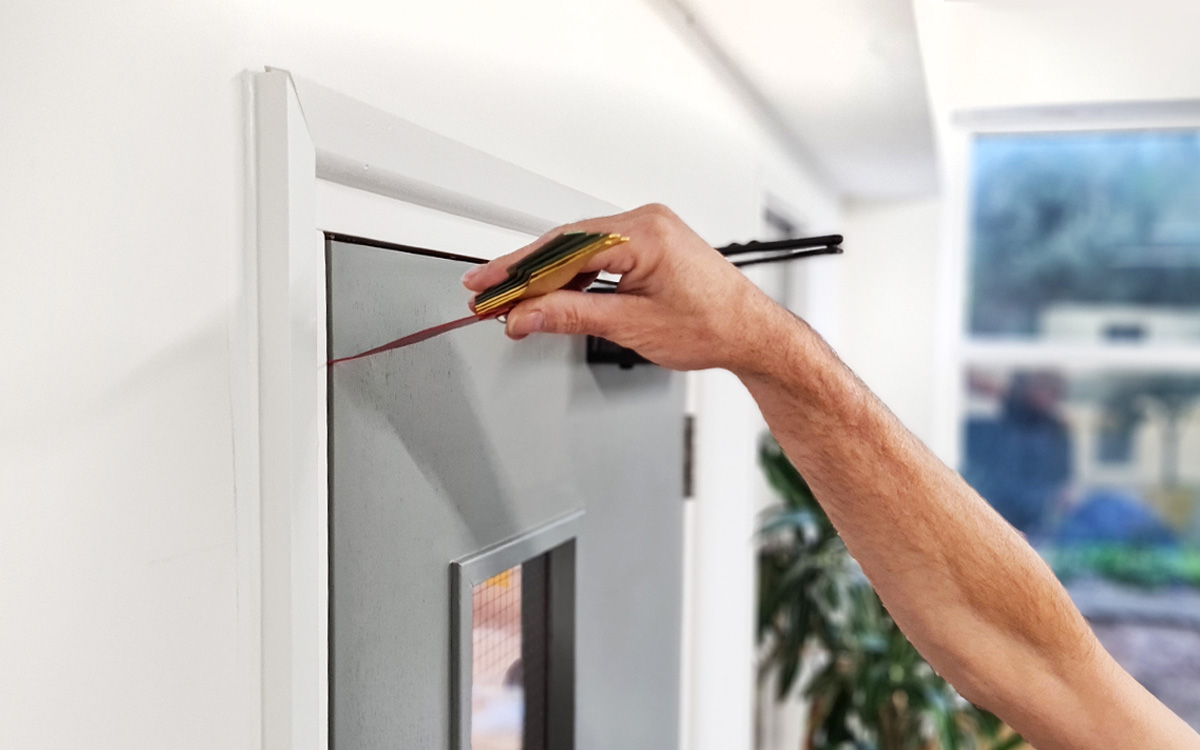
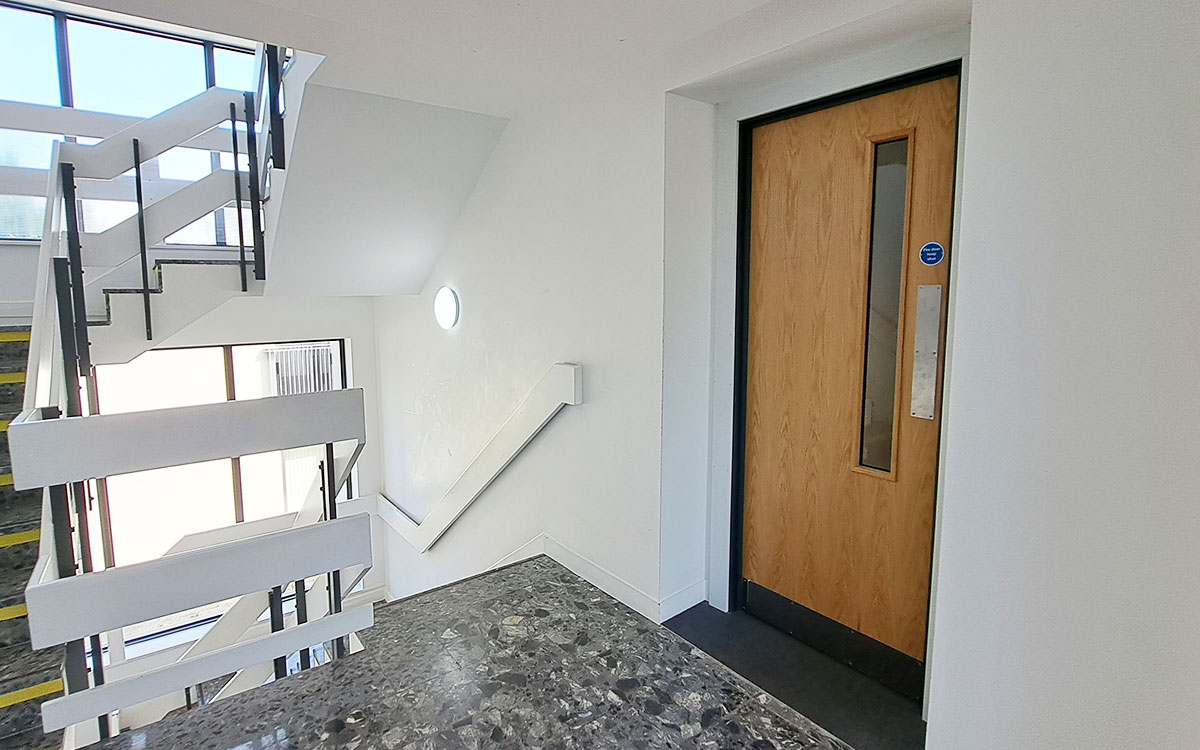





0 Comments